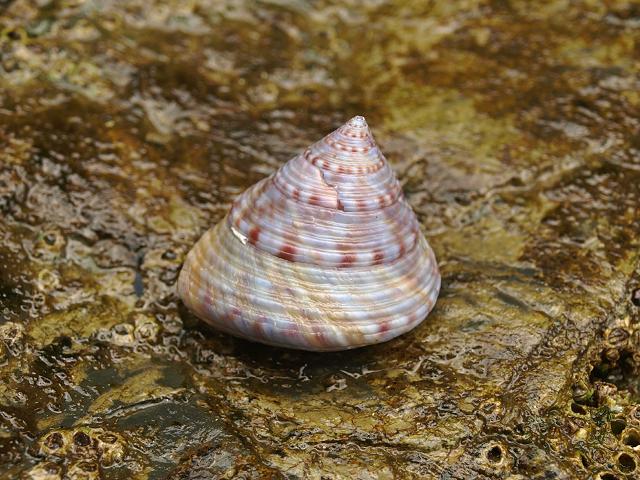
APHOTOMARINE
An educational resource dedicated mainly to the photography
and diversity of marine life that can be found in coastal waters
and intertidal areas of Great Britain and Ireland by David Fenwick.

Calliostoma zizyphinum (Linnaeus, 1758) - Painted top-shell (Marine snail images)
Scroll down and rollover titles to change screen image or click on title to view image.
Painted top-shell
Calliostoma zizyphinum
- live shell 1
Calliostoma zizyphinum
- live shell 1
Painted top-shell
Calliostoma zizyphinum
- live shell 2
Painted top-shell
Calliostoma zizyphinum
- live shell 3
Painted top-shell
Calliostoma zizyphinum
- live shell 4
Painted top-shell
Calliostoma zizyphinum
- live shell 5
Painted top-shell
Calliostoma zizyphinum
- live shell 6
Painted top-shell
Calliostoma zizyphinum
- live shell 7
Painted top-shell
Calliostoma zizyphinum
- live shell 8
Painted top-shell
Calliostoma zizyphinum
- live shell mouth 1
Painted top-shell
Calliostoma zizyphinum
- live shell mouth 2
Painted top-shell
Calliostoma zizyphinum
- live shell mouth 3
Painted top-shell
Calliostoma zizyphinum
- live shell mouth 4
Painted top-shell
Calliostoma zizyphinum
- orange shell 1
Live specimens of this often strikingly colourful shell can commonly be found on the lowershore and under the rocky overhangs of reefs all over the region, its shell can be found washed up on beaches close to rocky outcrops. The common colour is a purplish-blue, but orangey-red forms, and a rarer pure white form can be found.
Images taken all over the westcountry, good locations include Battery Rocks, Penzance; Spit Point, St. Austell; and around Fowey, Cornwall and rocky shores around Plymouth Sound, including Batten Bay, Jennicliff Beach and Wembury Beach.
European and Scientific Names:
Calliostoma zizyphinum, Painted top shell, Spitzkreiselschnecken, Priktolhoren, Troque-jujube, Trompo, Trottola zizifina.

The main objective of this website is in furthering environmental awareness and education through the medium of photography. To increase awareness and access to the wildlife of the region and help
people find and identify it. Sometimes the difference between species is obvious but many species can only be determined by observing microscopic characteristics that are specific to any one species.